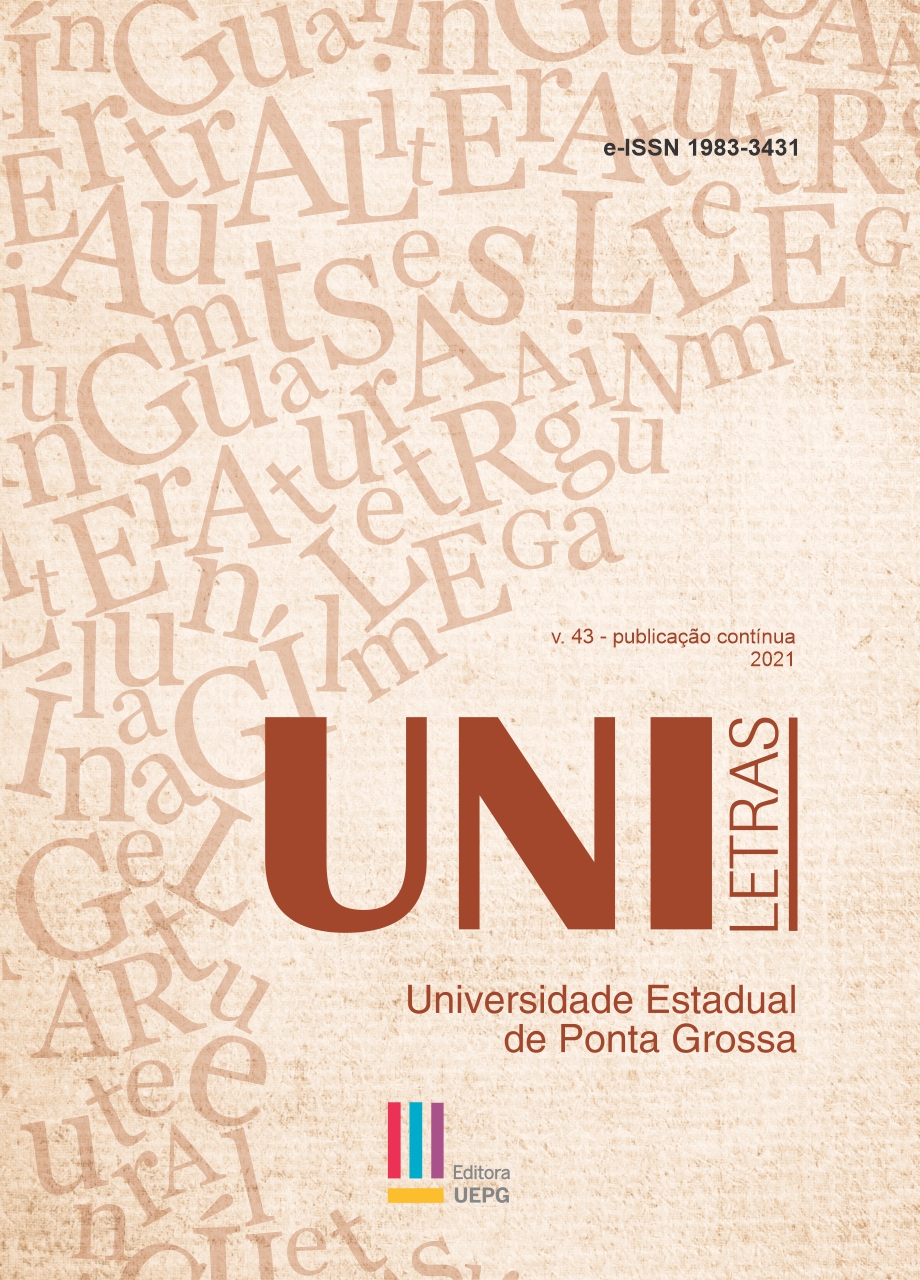AFFECTIVE ABANDONMENT: A DISCURSIVE LINGUISTIC ANALYSIS OF THE TJRS APPEAL
Abstract
In this work, we approach the interdiscursive (how the speech relates to another speech) relationship between two areas of knowledge, Law and Language. The focus of this relationship is more specifically in the area of concentration of Critical Discourse Analysis (CDA), due to its transdisciplinary. Thus, we intend to identify and analyze the ways in which the relationship between Language and Law materializes in the social practice of emotional abandonment and how this social practice is faced by judges through the applicability of laws. The theoretical-methodological framework focuses specifically on Fairclough’s CDA (2003) - representational meaning - and Halliday’s Functional Systemic Linguistics (2004) - transitivity system. The
construction of the corpus originated from an appeal of the Court of Justice of Rio Grande do Sul on the indemnity for moral damage resulting from emotional abandonment. Thus, in light of the CDA, we seek to interpret and reflect on the lexical choices used in the judgment.
Downloads
Downloads
Published
Issue
Section
License
Authors that publish in the journal agree with the following terms:
a) The authors keep the copyright and grant to the journal the rights of the first publication, with the work simultaneously being licensed under the Creative Commons Attribution License that allows the sharing of the work with the recognition both of the authorship and the initial publication in this journal.
b) This journal provides immediate public access to all of its content, following the principle that making scientific knowledge freely available to the public provides greater worldwide democratization of knowledge. For more information about this approach, visit Public Knowledge Project, a Project that developed this system to improve the academic and public quality of research, distributing OJS as well as other softwares to support the publication system to public/open access to academic sources. Names and e-mail addresses in this website will be used exclusively for this journal purposes, not being available for other ends.

This work is licensed under a Creative Commons Attribution 4.0 International License.





